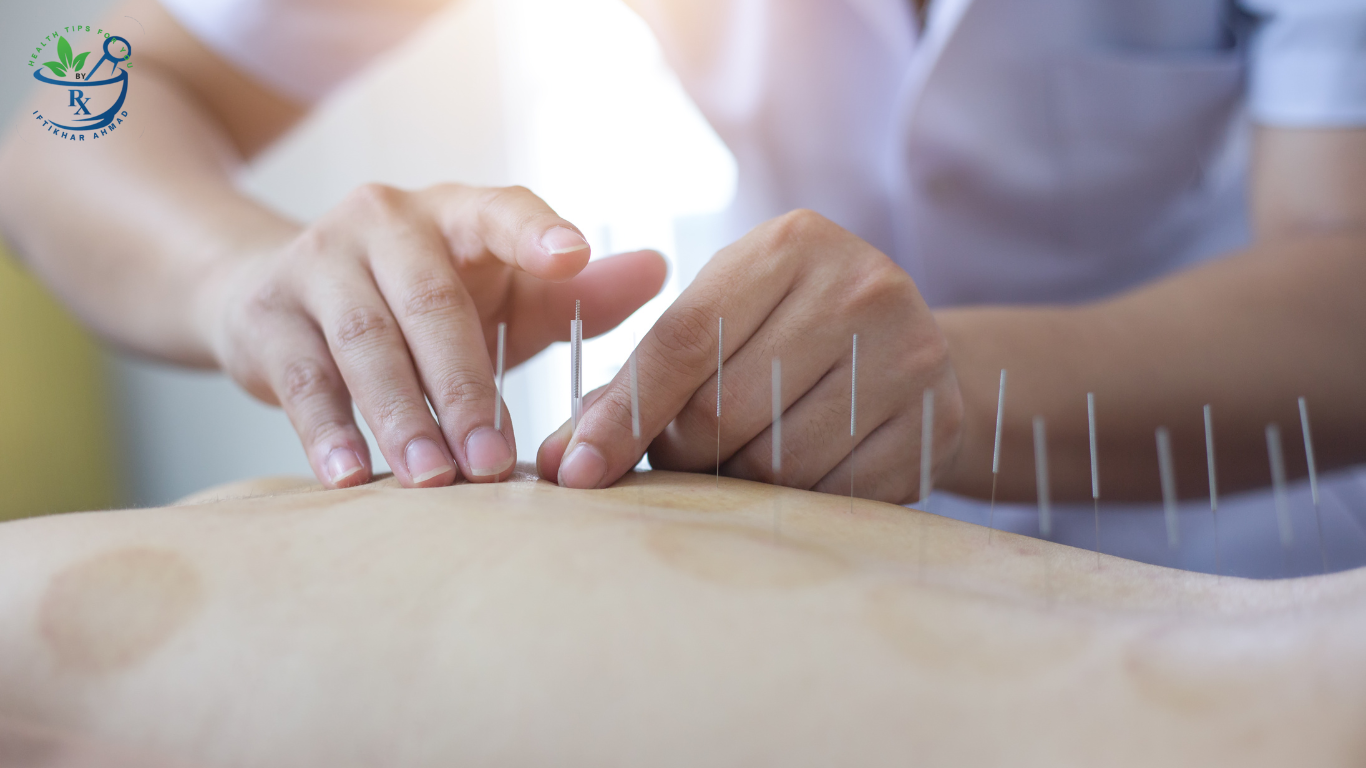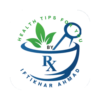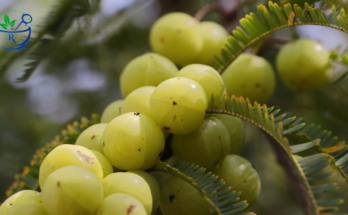The world we live in today moves fast and is busy like never before. In this stressful world, full of pollution and unhealthy lifestyles, people are seeking other therapy methods to find some balance and strength in their lives. Chinese Traditional Medicines Therapy (TCM) is among the ancient practices which is not only a field of medicine that incorporates a holistic and balanced approach to life but is also time-tested. Relying on methods of treatment hundreds of years old, TCM introduces modalities of multiple natures like medicinal herbs, acupuncture, cupping massages and a healthy diet. Let’s begin an expedition into the science of Chinese Traditional medicine therapy, covering the essential elements, therapeutic modalities and its overwhelming influence on diverse health domains including liver function, and mental health issues.
With deep insight into Chinese Traditional Medicines Therapy (TCM)
The main idea of the TCM is based on the connection between mind, body and spirit and the notion that a balance should be maintained within the internal systems. As per the TCM, one remains healthy, when Qi flows smoothly in the right direction, in meridians or energy channels. Disruptions or disbalances in this line may lead to illnesses/diseases. TCM strives to regain balance by finding and treating the underlying problems, rather than just way of treating symptoms only.
Exploring Therapeutic Modalities
Herbal Medicine
Chinese medical herbs have a deep and rooted history, which goes back to the millennia when old records like the “Shennong Ben Cao Jing” provide details of the medicinal properties of more than a hundred herbs. Modern studies further expose the pharmacological effects of such plants in how they can be used to treat different diseases. Saying this, some findings have shown the liver function-supporting effect of herbs like Schisandra chinensis and Astragalus membranaceus which were earlier used for detoxification.
Acupuncture

Acupuncture is more than 2000 years old and comes from China, it is based on TCM philosophies and theory that govern Qi and Yin/Yang. The latest studies revealed the functional mechanisms involved in the therapeutic effects of this technique such as acting on both neurotransmission and endocrine systems and modulating inflammatory pathways. Research has demonstrated that acupuncture is capable of reducing the severity of symptoms such as depression, anxiety, and others through modulation of the level of neurotransmitters such as serotonin and dopamine.
Cupping Therapy
Cupping therapy, dating back to ancient times, creates blood circulation, eliminates toxins, and reduces pain. Studies conducted in the last couple of years have brought to light the mechanisms of cupping, such as better blood flow, muscle relaxation, and stimulation of regenerative processes. Furthermore, cupping stimulates the body to generate anti-inflammatory cytokines and drain lymphatics, thereby improving the immune system.
Dietary Therapy

According to TCM, ying and yang and the Five Elements are the principles of dieting therapy. Using foods according to their qualities means that certain dietary patterns can influence the body’s Qi and overall health. Recent studies have aimed to examine the protection and efficiency of liver function by food and nutrients. Let’s take for instance that foods enriched with antioxidants, like fruits, vegetables and green tea, are capable of reducing oxidative stress and also inflammation in the liver (Macciola, M., Farhat, R., and Galipeau, P., 2019).
The Scientific Foundation on Chinese Traditional Medicines Therapy
The latest research confirms that TCM, which may appear strange and old-fashioned to some, is efficient and useful for medical treatment, unlike Western medicines that reflect current technologies and medical science.Numerous studies cover a spectrum of the positive impact of acupuncture on chronic pain and depression and identify substances with medicinal effects in Chinese herbal medicine. TCM’s all-embracing mechanism, which views the vital focal point of any disease-induced condition as caused by imbalances in the body system, complements the practice of integrative and functional medicine, making it an invaluable part of the modern medical approach.
Empowering Patients with Knowledge of Chinese Traditional Medicines Therapy
Chinese Traditional Medicine practitioners dedicate themselves to curing patients and providing them with the necessary skills and resources to address their well-being and recovery as they proceed. At the most basic level, patients can do this by adhering to the principles of traditional Chinese medicine and gradually including their healing methods in their daily lives. After not too long, those who endeavour on this personal path will discover their bodily and mental wisdom.
Conclusion
The last summarizes the fact that ChCTT is based on a scientifically proven holistic approach. It provides different forms of therapy to deal with the main health problems through herbal medicine, acupuncture, and dietary therapy. Through the application of balance, harmony and interrelationship of both the mind and spirit to the body TCM poses a viable and traditional way to health that would have existed thousands of years again. Via the application of TCM, people ensure that the internal forces of nature are in tune and their true power for healing emerges. Therefore, fostering vitality, longevity, and a profound feeling of happiness.






Nice Information, Iftikhar bhaai…one thing you can do is to put references at the end…
Jazakallah usman bhai.Sure i will give references in next blog